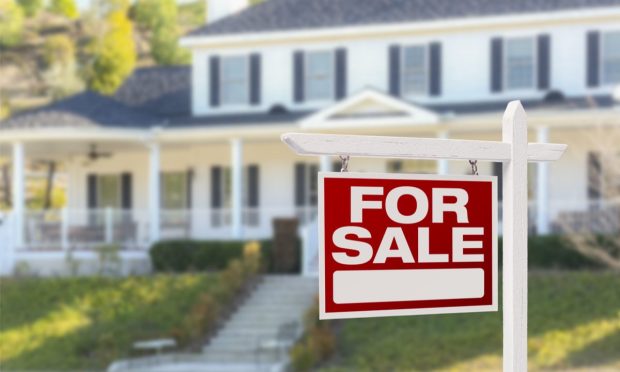Home Sales Prices Top $400K in May in Stalled Market With Higher Interest Rates

The median price of an existing U.S. home jumped 14.8% year over year in May to a record-setting $407,600, even as higher mortgage interest rates continue to add complexity to the market for buyers, according to a report in The Wall Street Journal Tuesday (June 21).
Sales of existing homes dropped for the fourth consecutive month, the report noted, down 3.4% from April to 5.41 million — the lowest number of home sales since June 2020 — and dipping 8.6% year over year, according to the National Association of Realtors (NAR).
Housing sales show the effect of rising interest rates, and they are are important drivers of several retail and labor categories. Homeowners may also now use or borrow against the growing equity in their homes to help them get through this ongoing period of inflation.
“The impact of higher mortgage rates have not been fully reflected in the data,” Lawrence Yun, NAR’s chief economist, said in the report. “In the upcoming months, I do anticipate a further decline in home sales.”
The average 30-year fixed-rate mortgage interest rate was 5.78% in the week ended June 16, the highest level since 2008 and up from 2.93% a year earlier, according to housing finance agency Freddie Mac.
Mortgage applications are down as interest rates spike, while the inventory of homes is growing significantly in some markets. The report pointed to 146% more active listings in the Austin, Texas, area in May compared to the same time one year earlier, and a 76% spike in Denver for that period.
Inflationary pressures will likely get worse before they get better, but retailers are counting on homeowners to tap into their growing pools of equity to make the purchases they need — and maybe a few they just want — during the economic downturn.
Related: ‘Big Ticket’ Retailers Look to Home Equity as Sales Savior
The Home Depot told investors last month that almost all of its sales to professional customers were on behalf of homeowners and that more than 90% of its do-it-yourself customers were also homeowners.
While noting that home price appreciation was the primary driver of home improvement demand and spending, the Atlanta-based retailer said a 40% increase in home equity value over the past two years implied that consumers “have the means to spend,” Home Depot CFO Richard McPhail said on the company’s Q1 earnings call in mid-May.